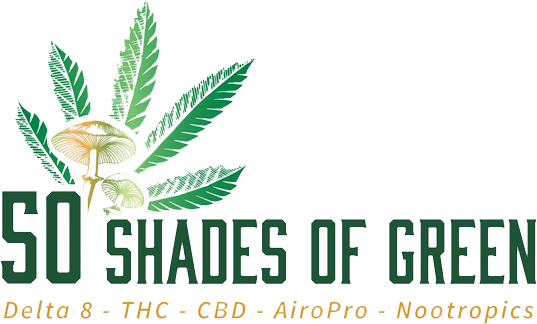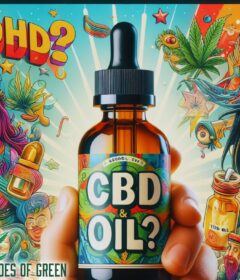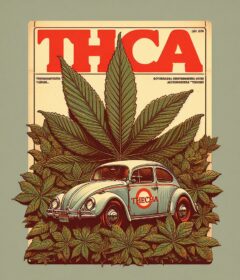ALCOHOL & THE ENDOCANNABINOID SYSTEM

ALCOHOL & THE ENDOCANNABINOID SYSTEM
Alcohol exposure alters endocannabinoid levels in different brain regions. What are the health implications?
Author: Martin A. Lee, Project CBD
A grapevine and a cannabis plant are depicted side-by-side on a bas-relief from a ruined Roman temple at Baalbek in Lebanon’s fertile Bekaa Valley. One of the world’s sweet spots for growing cannabis, this region is also known for its fine wines. It is a place where wine and hashish mix geographically as well as culturally.
Poets and thinkers in the Muslim world have long debated the virtues and pitfalls of alcohol and marijuana. An epic poem written by Muhammad Ebn Soleiman Foruli, a sixteenth-century Turkish poet from Baghdad, portrays a dialectical battle between wine and hashish. The two inebriants engage in an allegorical fencing match as the poet describes the euphoric properties of both substances and their consequences, a subject much discussed among Muslim scholars. Foruli viewed wine as the drink of the rich, “while hashish,” he said, “is a friend of the poor, the Dervishes and the men of knowledge.”
One of the outstanding features of hashish was its inexpensiveness, which made the resinous herb accessible to nearly anyone desirous of the joy and repose that it may confer. Large numbers of Muslims used cannabis because, unlike alcohol, it was not expressly forbidden under Koranic law. Islam is the only major religion that banned booze, while cannabis remained a subject of theological dispute among Muslim intellectuals.
MEDICINE OF IMMORTALITY
As the Islamic faith expanded, the use of cannabis spread across the Middle East. Symptomatic of its far-reaching cultural impact, hashish acquired numerous Arabic appellations — “rouser of thought,” “bush of understanding,” “branch of bliss,” “shrub of emotion,” “medicine of immortality,” and so on.
By the thirteenth century, cannabis consumption had become commonplace in Persia and the Arab lands, giving rise to many colorful legends. In A Thousand and One Nights, several characters take hashish and fantasize about a better life. One down-and-out fellow swallowed the potent resin and imagined that “a great Lord was shampooing him.” In another story, two hashish eaters encounter the Sultan and mock him while dancing in the street.
An antiauthoritarian streak characterized the hashish-imbibing Sufis, the marginalized Muslim sect that embraced cannabis as a means of spiritual uplift. To the mystical Sufi, eating hashish was “an act of worship.” Sufism always had a subversive edge because the claim of the direct experience of God threatened the prerogatives of the orthodox religious establishment. The brutal Ottoman emir Soudoun Scheikhouni, seeking to enforce religious and social conformity, issued the first edict against the use of hashish in the Muslim world in 1378. Several more such edicts would follow amid allegations that hashish caused immorality, sloth, poverty, mental derangement, and a disrespectful attitude toward the true faith.
Growing cannabis for use as an intoxicant was forbidden, but growing the herb for medicinal purposes was allowed in keeping with the long tradition of cannabis therapeutics in the Middle East and North Africa. Muslim leaders recognized that hashish had important medicinal properties that were lacking in wine.
HEAVY DRINKING SHRINKS THE BRAIN
Although small amounts of wine can protect against certain illnesses such as heart disease (due in part to resveratrol, a flavonoid compound in grape skin), excessive alcohol intake poses serious health risks. Heavy drinking shrinks the brain, causes painful neuropathy, cirrhosis of the liver, and kidney damage, and increases the likelihood of breast cancer, colon cancer, and stomach ulcers.
Alcohol is a pivotal factor in some two-thirds of all cases of spousal abuse in the United States. Booze is implicated in more than 100,000 sexual assaults each year and 100,000 annual deaths in the United States due to drunk driving and alcohol-related violence. Worldwide, alcohol kills more than 2.5 million people annually. If drugs were classified on the basis of the harm they do, alcohol would be ranked right up there with heroin and crack cocaine, if not higher.
Yet booze is not only legal in our society, it is so pervasive and accepted that many people don’t even think of alcohol as a drug. “In my era, everybody smoked [cigarettes], everybody drank, and there was no drug use,” then DEA chief Thomas Constantine blithely asserted in 1998. That year, the World Health Organization published a toothless report that had originally described cannabis as less harmful than alcohol and tobacco — a conclusion deleted under pressure from U.S. officials.
In the United States, an estimated 60 percent of adults consume alcohol regularly. Fifteen million Americans — one-tenth of the adult U.S. population — are either addicted to or seriously debilitated by booze. Ten to 20 percent of all the alcohol guzzled in America is consumed by underage drinkers. The level of alcohol consumption among U.S. youth far exceeds the use of marijuana. Ditto for young people in Great Britain, where a fifth of ten-to-fifteen-year-olds admit to getting drunk regularly.
ALCOHOL & ENDOCANNABINOID DEFICITS
While the harmful effects of alcoholism are well known, scientists have only recently begun to investigate and understand the critical role that the endocannabinoid system plays in alcohol addiction and related mood disorders. According to several studies, ethanol exposure alters endocannabinoid levels in different regions of the mammalian brain. The amount of 2-AG, the most prevalent endocannabinoid in the brain, increases in direct proportion to the amount of ethanol consumed. When a person drinks booze and gets a little tipsy, his or her 2-AG levels increase slightly; when someone gets drunk, a lot of 2-AG sloshes around the brain; and as inebriation fades, 2-AG returns to its normal baseline level.
Why does the endocannabinoid system kick into high gear when a person hits the bottle? It is well known that ethanol is metabolized into acetaldehyde, a carcinogen and a mutagen that causes many harmful effects in vital organs. Simply put, alcohol is protoplasmic poison, and scientists have determined that a basic function of the endocannabinoid system is neuroprotective in nature: hence the spike in 2-AG in various parts of the brain during ethanol exposure.
The human brain is a delicate organ, stoutly defended by a thick skull and a blood-brain barrier primed to keep unwanted foreign substances from penetrating. The endocannabinoid system is a crucial component of the brain’s protective apparatus. In 2009, the scientific journal Neurotoxicology and Teratology presented clinical data indicating that compounds in marijuana helped to “protect the human brain against alcohol-induced damage.” This study, conducted at the University of California in San Diego, found that adolescents who smoke marijuana may be less susceptible to brain damage from binge drinking. Researchers at the National Institute of Mental Health have demonstrated that CBD reduces alcohol-induced cell death in the hippocampus, which plays an important role in memory and spatial navigation.
Whereas acute alcohol exposure temporarily increases endocannabinoid levels in the brain, chronic alcohol use results in a systemic decline in endocannabinoid signaling and deficient endocannabinoid baseline levels.






